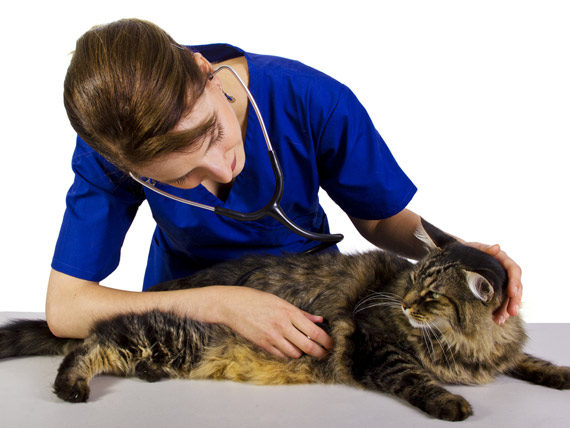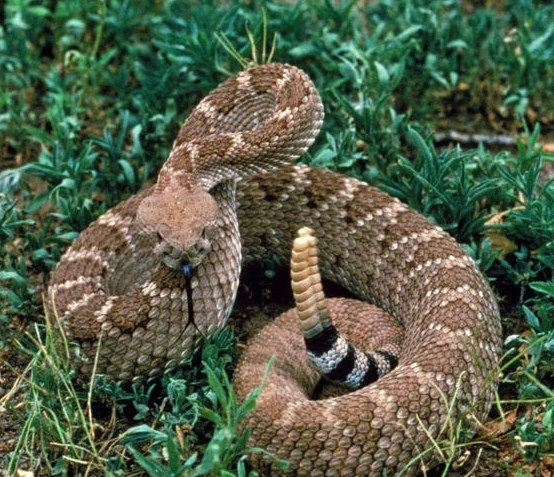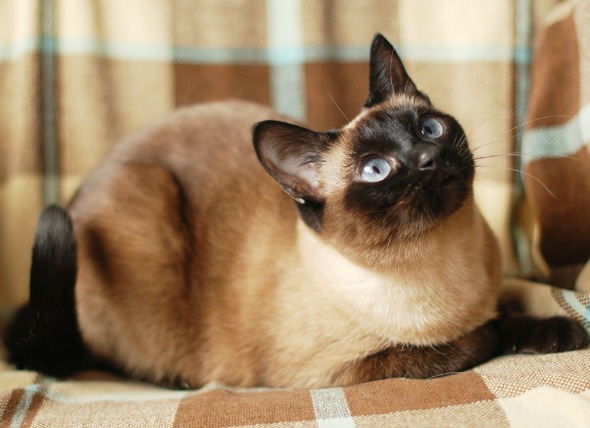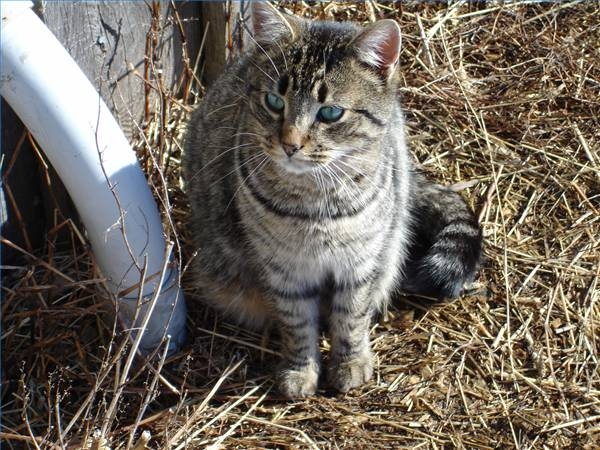

Salmonellosis is an infection found in cats caused by the Salmonella bacteria. Along with causing gastroenteritis and septicemia in cats, salmonellosis is a zoonotic bacterial disease, meaning it can be transmitted to humans.
Salmonellosis can also affect dogs. If you would like to learn more about how this disease affects dogs, please visit this page in the PetMD health library.
The severity of the disease will often determine the signs and symptoms that are overtly present in the cats. Symptoms commonly seen in cats with salmonellosis include:
Chronic forms of salmonellosis may exhibit some of these same symptoms; however, they will be more severe. These include symptoms:
There are more than 2,000 different types of Salmonella, a Gram-negative enterobacteria. Typically, a host animal carrying the disease will have two or more different microorganisms or types of Salmonellae bacteria that cause this disease.
Risk factors include the cat's age, with younger and older animals most at risk due to their underdeveloped and/or compromised immune systems. Similarly, cats with weak immune systems or immature gastrointestinal tracts are at risk.
Cats receiving antibiotic therapy are also at risk because the healthy bacteria that line the digestive tract (or florae), may become imbalanced, increasing the risk of salmonellosis.
To confirm a diagnosis of salmonellosis, your veterinarian will examine your cat for different physical and pathological findings. Some cats infected with the bacteria do not show any clinical symptoms; others display gastroenteritis, a disease affecting the gastrointestinal system.
Other diagnostic features include:
Your veterinarian may want to also rule out other conditions that can result in similar symptoms, including parasites, dietary-induced stress (including allergy or food intolerances), drug or toxin-induced stresses, and diseases like viral gastroenteritis or bacterial gastroenteritis caused by E. Coli or other common bacteria.
Diagnostic procedures typically involve collecting urine and fecal samples for laboratory analysis. Your veterinarian may also find it helpful to conduct blood cultures.
Outpatient treatment is often possible in uncomplicated cases. However, if a cat has sepsis or a severe case of salmonellosis, inpatient care may be necessary, especially for kittens that have developed severe dehydration as a result of the infection.
Treatment may include rehydrating the cat, helping it to overcome severe weight and fluid loss, and replacing lost electrolytes. In severe cases of salmonellosis, plasma or blood transfusions may be necessary to help replace fluids and serum albumin.
They are some antimicrobials available to your veterinarian that may be used for treating cats with salmonellosis. Glucocorticoids, a form of adrenal or steroid hormone, may also help to prevent shock in cats with severe salmonellosis.
Your veterinarian may order a 48-hour food restriction as part of your pet's care. In some cases, cat owners need to be separated from their pets during the acute stage of the disease because of the zoonosis of salmonellosis. Strict attention to hygiene is essential for preventing further spread of disease, which is often shed in the infected animal's stool.
It is important to provide your cat a nutritionally-balanced diet. Avoid giving your cat raw or undercooked meat, as this is a risk factor for salmonellosis. If possible, avoid animal pounds and shelters, as overcrowding may also promote the spread of disease.
Image via Shutterstock
 Pit Viper Bite Poisoning in Cats
Pit Viper Snake Venom Toxicosis in Cats
Pit vipe
Pit Viper Bite Poisoning in Cats
Pit Viper Snake Venom Toxicosis in Cats
Pit vipe
 Mast Cell Tumor (Mastocytoma) in Cats
Connective Tissue Tumors in Cats
Mast cell tumors
Mast Cell Tumor (Mastocytoma) in Cats
Connective Tissue Tumors in Cats
Mast cell tumors
 Why Do Cats Only Purr Around Humans?
Why Do Cats Only Purr Around Humans?
W
Why Do Cats Only Purr Around Humans?
Why Do Cats Only Purr Around Humans?
W
 Hernia (Hiatal) in Cats
Hiatal Hernia in Cats
A hernia occurs when one pa
Hernia (Hiatal) in Cats
Hiatal Hernia in Cats
A hernia occurs when one pa
 How Do Cats Communicate?
How Do Cats Communicate?
How Do Cats C
How Do Cats Communicate?
How Do Cats Communicate?
How Do Cats C
Copyright © 2005-2016 Pet Information All Rights Reserved
Contact us: www162date@outlook.com